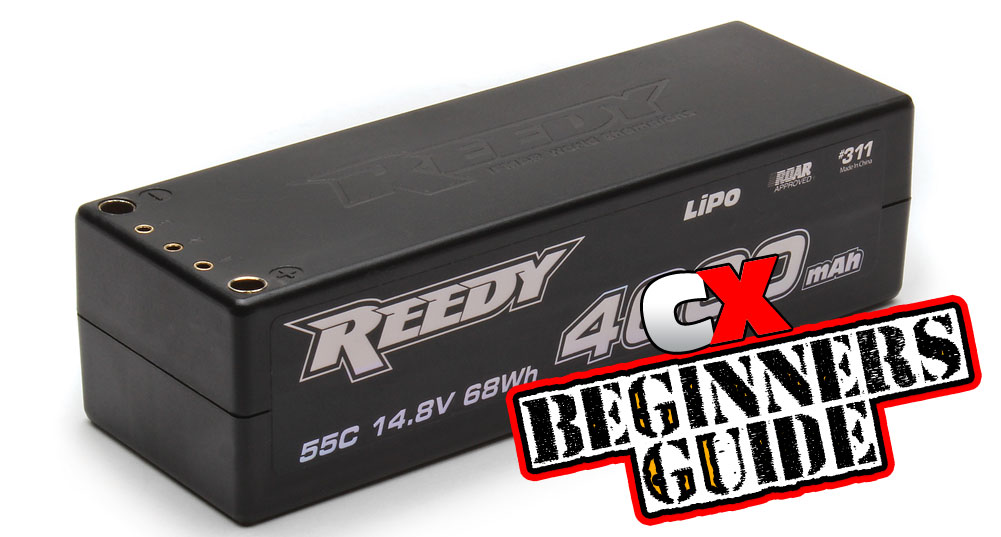
Beginner’s Guide to RC – Understanding LiPo Battery Voltage
Although LiPo batteries have become the norm in RC, a mild explanation of what they are or how they work is not so common. In this article, we’re going to take a look at LiPo battery voltages and how they relate to your car or truck.
LiPo battery voltage is quite different than that in a NiCd or NiMh; that is, a LiPo cell is rated at 3.7v per cell, while the older NiCd and NiMh cells are only rated at 1.2v per cell. As you can see, because the LiPo cells are rated higher, it takes less of them to make up a 7.4v pack (the standard rating for most RC car applications).
Most standard LiPo packs consist of 2 cells hooked up in series; larger packs will have more cells to boost the voltage. A typical, 1/10th scale vehicle (ie, Touring Car, Short Course truck, 2WD buggy, etc), will use a LiPo with the designation 2S, or a 2-cell pack. Packs that are designed to extend capacity will have the designation 2S2P, or 2-cells wired in parallel (instead of series). LiPos constructed this way (in parallel – 2S2P) is a good way to turn less expensive cells (lower capacity, lower C rating) into good performing packs.
Let’s take a quick look at the standard LiPo battery definitions normally seen in surface vehicles:
• 3.7 volt battery = 1 cell x 3.7 volts (1S)
• 7.4 volt battery = 2 cells x 3.7 volts (2S)
• 11.1 volt battery = 3 cells x 3.7 volts (3S)
• 14.8 volt battery = 4 cells x 3.7 volts (4S)
• 18.5 volt battery = 5 cells x 3.7 volts (5S)
• 22.2 volt battery = 6 cells x 3.7 volts (6S)
• 29.6 volt battery = 8 cells x 3.7 volts (8S)
• 37.0 volt battery = 10 cells x 3.7 volts (10S)
• 44.4 volt battery = 12 cells x 3.7 volts (12S)
The number in parentheses (1S, 2S, 3S etc) is the number the manufacturers provide when stating the number of cells in a LiPo pack. This is the standard industry designation; all manufacturers will use this same ‘code’. If your vehicle states that it can operate on a 4S LiPo pack, then you can see from the chart that it can run on a 4-cell LiPo (or 14.8v). Because of the large jump between voltages, it’s not a good idea to exceed that cell count unless you want to damage your car’s ESC (or motor, or both!).
While we’re on the subject of LiPo Batteries, you might be interested in this article: LiPo Battery Safety
 CompetitionX CompetitionX is the most up-to-date source for RC Car News, Reviews and Videos for Radio Control. We also have the most comprehensive Manual Database on the web.
CompetitionX CompetitionX is the most up-to-date source for RC Car News, Reviews and Videos for Radio Control. We also have the most comprehensive Manual Database on the web. 


One comment
Pingback: Understanding LiPo Battery | Drones and UAV/UAS News